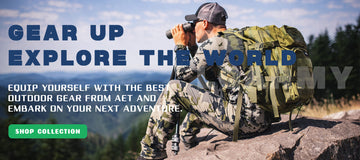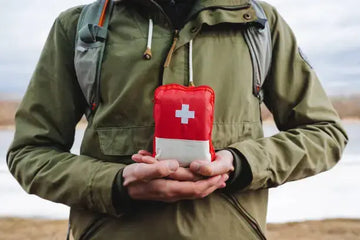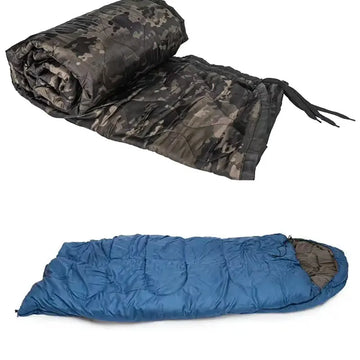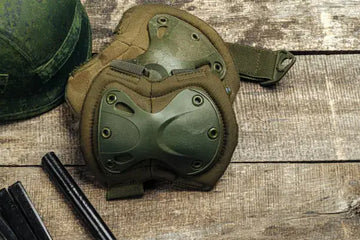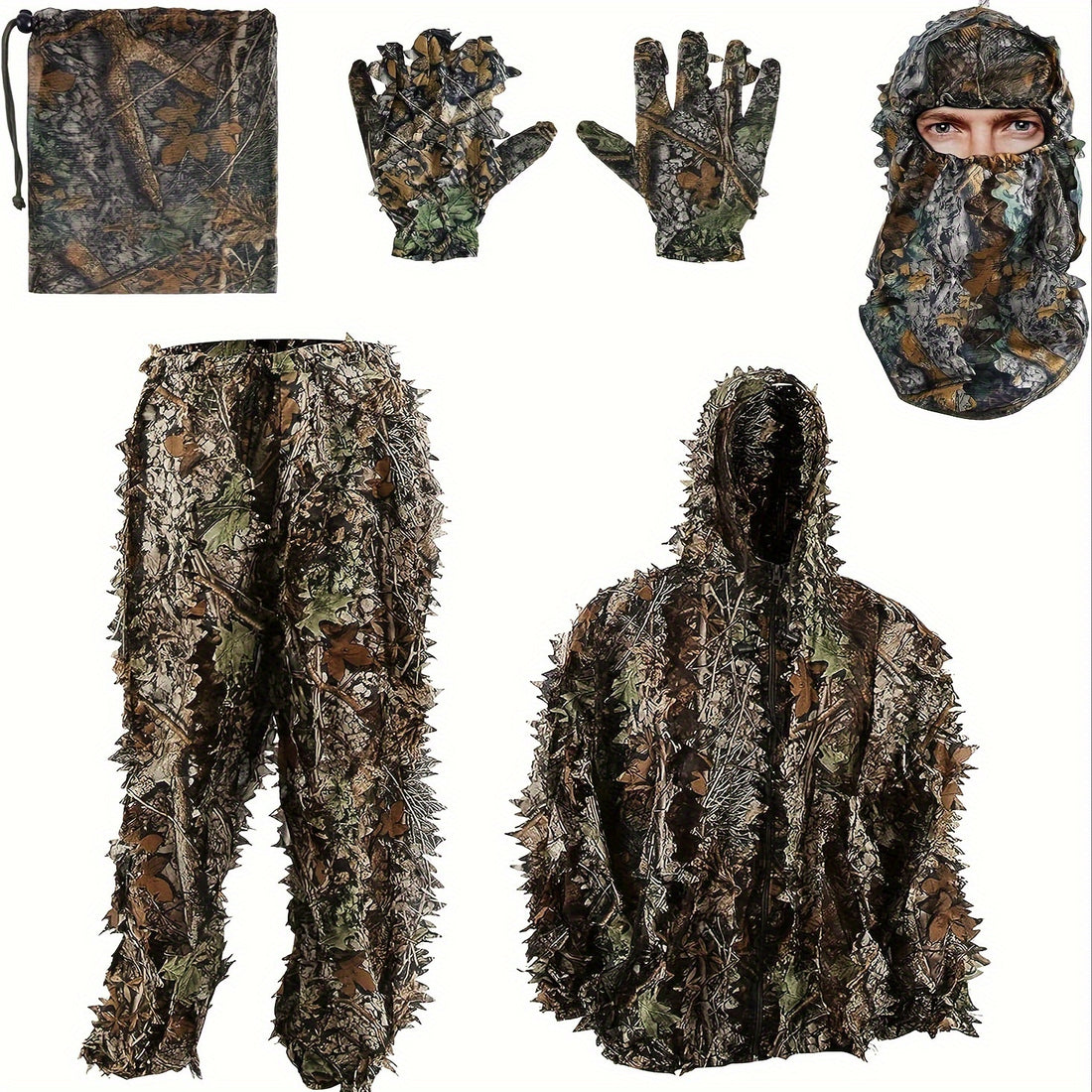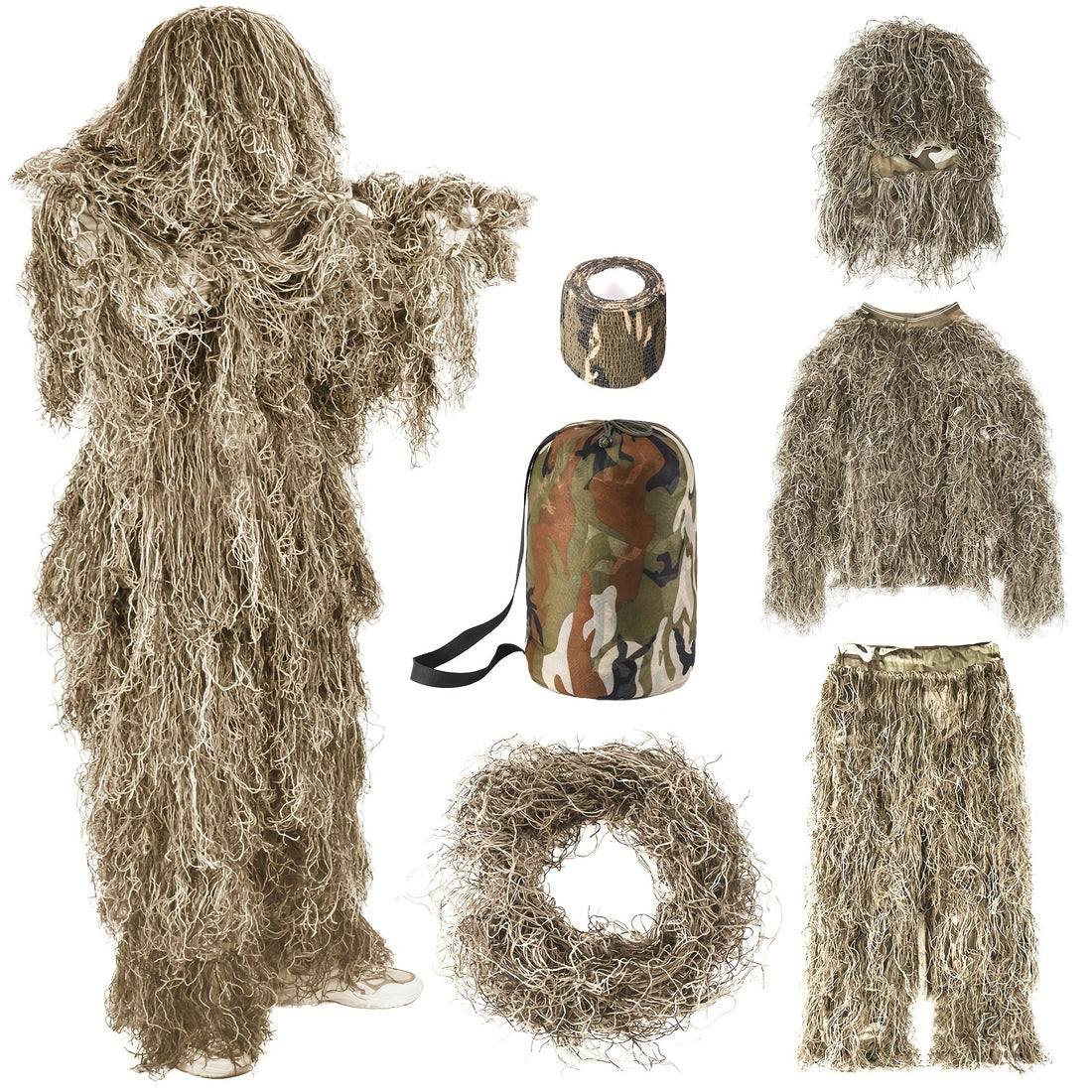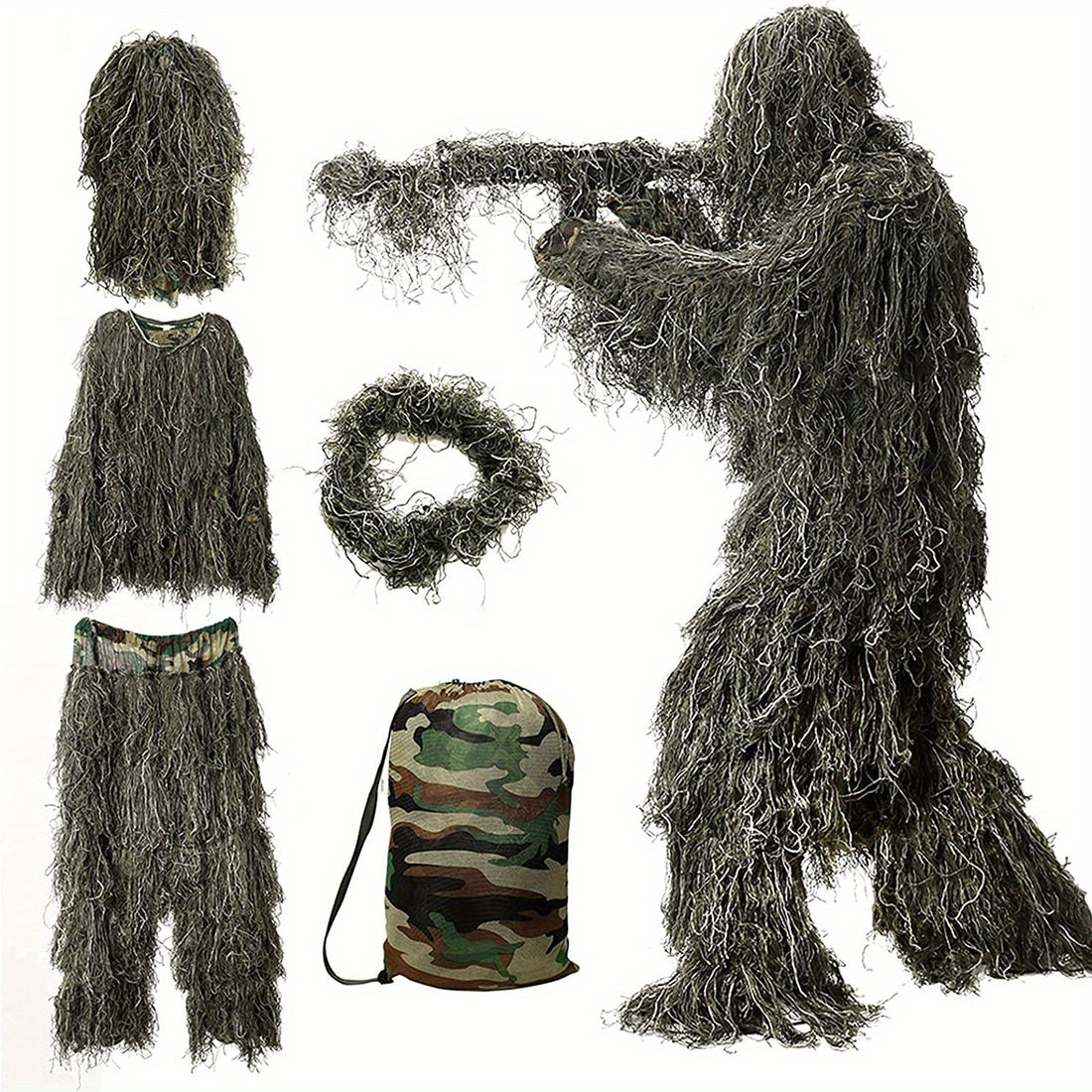When it comes to emergencies, being prepared can make all the difference. One essential tool for readiness is the Individual First Aid Kit (IFAK).
No matter if you're a seasoned adventurer or someone who values safety, building your own IFAK can be a lifesaver.
In this guide, we’ll walk you through the process of selecting and assembling the essential components. Plus, we’ll provide tips on customizing your kit for specific needs and environments.
Step 1: Selecting the Essential Components
First, let’s talk about what goes into a basic IFAK. Here’s a list of the must-have items:
1.Trauma Shears: These are used for cutting clothing and bandages. Choose a sturdy pair that can handle tough materials.
2.Tourniquet: Vital for stopping severe bleeding, a tourniquet can save lives. Opt for a reliable brand like CAT (Combat Application Tourniquet).
3.Compression Bandages: These help control bleeding and secure wounds. An Israeli bandage is a great choice.
4.Gauze Pads and Rolls: For wound dressing and packing, sterile gauze pads and rolls are indispensable.
5.Chest Seals: These are crucial for treating penetrating chest injuries. Look for vented chest seals for better effectiveness.
6.Nasopharyngeal Airway (NPA): This tool helps maintain an open airway. Make sure it comes with a lubricant.
7.Medical Gloves: To maintain hygiene and prevent infection, carry a few pairs of nitrile gloves.
8.Medical Tape: Used to secure bandages and dressings, waterproof medical tape is highly recommended.
9.Antiseptic Wipes: For cleaning wounds and hands, antiseptic wipes are a necessity.
Step 2: Assembling Your IFAK
Now that you have your components, it’s time to assemble your IFAK. Follow these steps to ensure everything is in place:
- Choose a Durable Pouch: Your IFAK pouch should be made of sturdy material like nylon. It should have multiple compartments for organization. MOLLE-compatible pouches are great for attaching to other gear. Also look for pouches that are water-resistant to protect your supplies.

- Organize Your Items: Place the items in the pouch in a way that makes them easily accessible. Trauma shears and tourniquet should be on top since they are often needed first. Use elastic loops and pockets to keep items secure and orderly.
- Label Each Section: Use labels or color-coded tabs to identify different sections of your kit. This can save precious time during an emergency. For instance, you can have one section for bleeding control and another for airway management.
- Check Expiration Dates: Make sure none of your items are expired. Regularly check and replace expired items to keep your kit up-to-date. Some items, like antiseptic wipes, can lose their effectiveness over time.
Step 3: Customizing for Specific Needs and Environments
One size doesn't always fit all, especially when it comes to IFAKs. It's important to customize your kit to suit your specific needs and the environment you'll be in. Here are a few tips to get you started:
- Outdoor Adventures: If you’re going hiking or camping, add items like a snake bite kit, insect repellent, and sunscreen. Include more gauze and bandages for potential cuts and scrapes. A space blanket can also be a lifesaver in cold conditions.
- Urban Settings: For city dwellers, consider adding items like burn gel and splints for injuries from accidents. A CPR face shield can also be a valuable addition. Keep in mind the risks specific to urban environments, such as car accidents or building fires.
- Tactical Operations: Military or law enforcement personnel should add extra tourniquets, hemostatic agents (like QuikClot), and additional chest seals. These environments often require more extensive trauma care supplies. Also, consider adding a tactical flashlight and a whistle for signaling.
- Medical Conditions: If you or someone in your group has specific medical conditions, customize your IFAK accordingly. Include medications, EpiPens, or insulin if needed. Ensure these items are stored securely and are easily accessible.

Maintenance and Regular Checks
Lastly, maintaining your IFAK is as important as building it. Regularly check your kit to ensure all items are in good condition and within their expiration dates.
Additionally, practice using each item so you are familiar with them during an emergency. It’s also a good idea to review and update your IFAK after each use or annually, even if it hasn’t been used.
In conclusion, building your own IFAK is a step toward preparedness and safety. With the right components, organization, and customization, you can create a kit that meets your nuique needs. Always be ready, because in an emergency, every second counts.
PS: If you need IFAK pouches or other medical pouches in bulk, please contact us freely.

